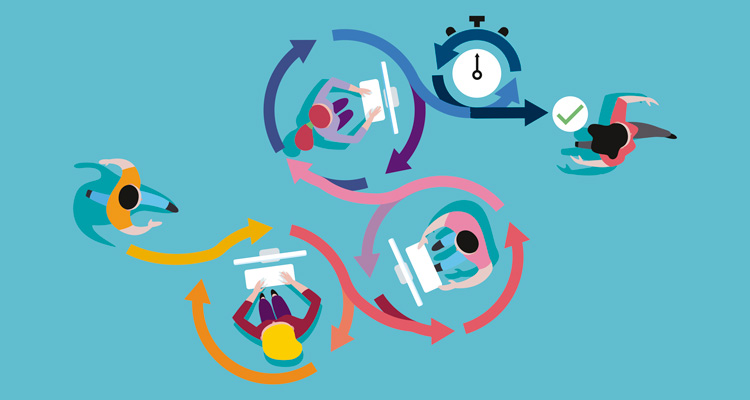
As a professional working in technology, it amazes me how much business has changed over the years. I’ve seen PMOs move from project management to portfolio management. I’ve seen Agile move from the team to team of teams. Now, I’m watching as we question, challenge, and evolve again with the rise of Lean Portfolio Management and the move to a product-centric approach. But as with all change, it’s uneven and not everyone proceeds at the same pace. Many times, while businesses strive to adopt new ways of working, such as Agile, they get stuck in figuring out how to connect traditional operational needs with new more innovative approaches.
A common challenge for those pursuing this latest move to Agile at scale is connecting with Finance. Finance needs to understand costs; it needs to capitalize labor. To do this, there must be visibility and transparency between what teams are creating and an understanding of the effort (and hence cost) to create them. But the traditional way of doing this is disliked by most Agile teams. Time reporting is seen as overhead, as something that doesn’t produce end user and customer value. But what if finance had a clear-cut way to cost and capitalize Agile efforts? And what if this method was easier for development teams, too?
Automating the capture of Agile costs could help remove the tax of manual time tracking and provide finance with an auditable way to calculate and capitalize Agile software development costs. By utilizing a system that automatically tracks effort spent on a story, feature, and corresponding epic, organizations could get a realistic idea of the value delivery of their Agile teams. Implementing this would require a solution that could take in the work of disparate Agile teams, apportion their time accordingly, and then roll-up the data into a robust portfolio management system. With this information, Agile and finance leaders would better understand the true impact their Agile teams have to the bottom line and how to identify Agile software development costs to ensure proper CAPEX categorization and alignment. This detail ensures the Agile teams get the right level of funding and budgeting support for future endeavors.
While this sounds great in theory, who has a solution that can do this?
Planview does.
While Planview cannot provide guidance on how your finance department looks at and processes your Agile development work, we can make the process for costing and capitalizing your Agile software development more seamless and automated.
Planview’s Lean and Agile Delivery solution can now capture this in real time, translating work in progress at the story, feature and epic level, into the cost of creating a product or enhancement. The simple act of moving a Kanban card can obtain, calculate, and roll-up this information systematically, allowing your organization to easily capture Agile software development capitalization costs and reporting. This automated process removes the need for manual reporting and reconciliation of time sheets, reducing time spent on administrative tasks, and returning development capacity back to the business.
Who doesn’t want an easier and unobtrusive way to deliver important Agile costing information to Finance, while keeping their developers happy? Seems like a win, win to me.
To learn more about our approach to capitalizing Agile development costs, download The Challenges of Agile Software Development Costing and Capitalization eBook or visit us at planview.com/lean-agile-delivery





